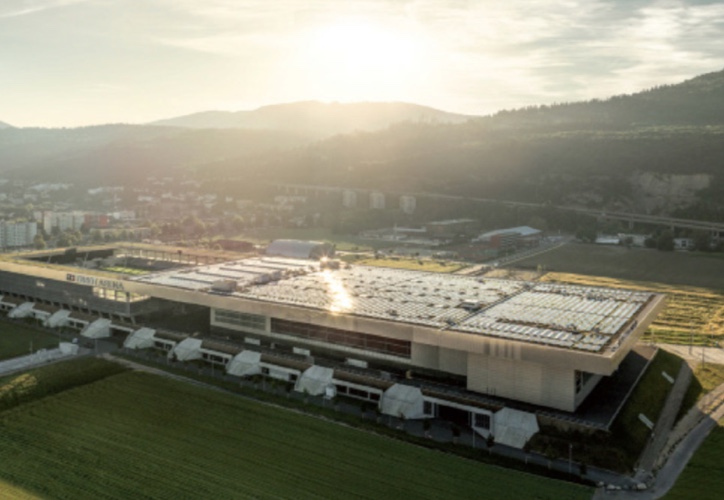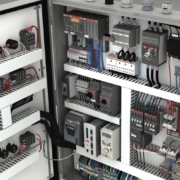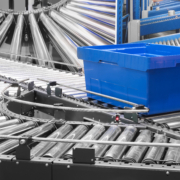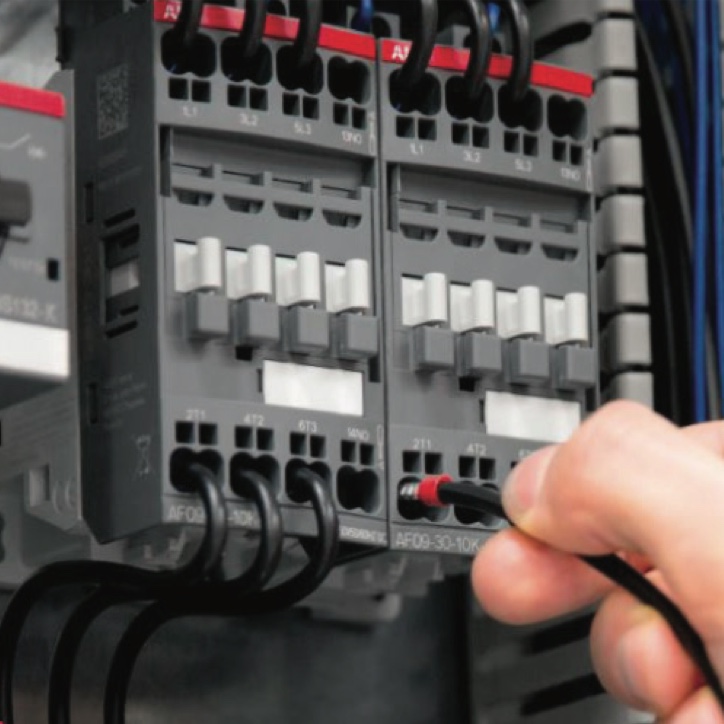Smart technology in solar
Allen Austin
Market Development Manager
ABB Renewable Energy & Power Generation
Smart devices are proving to be very popular among solar developers and operators, it is expected that soon the adoption rate of digital technology in the solar industry will reach the adoption rate of general industry today. Learn how 3 smart applications of smart technology in solar are being used.
There are many compelling reasons to embrace a new technology: impressive added functionality, significant cost savings, or improved ease of use. Any of these benefits provide enough justification to make the jump to the latest and greatest iteration of a device. Panel builders and buyers in a number of industries are embracing new, smarter components which allow them to take advantage of the expanded machine control, improved efficiency, and enhanced safety.
In the solar power generation and distribution market, however, the rate of smart-device adoption is slower. Most solar-farm developers and managers seem satisfied with much of the technology they’ve been using. Still, there are a few applications where the benefits of smarter components are sufficiently attractive that many in the solar industry are making the migration.
Automatic transfer switches (ATS)
Solar farms must often manage several different power sources. In addition to power from solar panels, they increasingly include batteries or other storage systems. There may also be other, traditional generation sources on site. It’s essential to be able to make seamless, near-instant transitions between these sources. That task is increasingly being performed by automatic transfer switches that consist of two switches operating in parallel.
The ATS can monitor voltage, phase, and frequency to determine when to switch between power sources. In most non-renewable-power applications, the ATS is called on infrequently to switch loads or bring alternate power sources online when the main energy source is disrupted. In solar applications, on the other hand, the ATS will cycle at least twice a day as the farm begins to generate power in the morning and goes offline with sunset. That makes the more-robust digital solution highly desirable.
The digitalization of these devices provides the capability to readily communicate with external control systems. They can proactively transmit status messages, alerts, and alarms, enabling corrective action prior to serious system problems.
Current monitoring systems (CMS)
Current monitoring systems have proven their value in applications like OEM machine equipment rooms and data centers. CMSs are also finding strong acceptance in the solar industry where they have important advantages over the traditional current transformers (CTs) that have been around for decades with little change.
The open-core design available with ABB’s CMS sensors, for instance, makes installation much faster in new solar strings. For retrofits, this design feature and the fact that you don’t have to shut down operations, disconnect cables, and then reconnect creates huge time and cost savings.
CMS in solar installations adds intelligence in a number of ways. It can measure direct, alternating, or mixed currents. Most smart devices today combine multiple functions. In addition to voltage and current, CMS can also measure the status of fuses, MCBs, surge protection devices, disconnectors, and open enclosure doors, as well as temperature inside the combiner box.
The digital information can be readily distributed to control centers and dashboards and can be put to good use in many ways beyond merely monitoring solar production. The higher sensitivity compared to CTs makes it possible to more accurately measure solar-panel efficiency. Not only can this help with operation and maintenance, but it also enables operators to hold panel providers accountable for promised generation-efficiency levels.
Automatic crimping system
Adding intelligence to some products seems like a reach. Smart refrigerators that let you scan products in and out to automate grocery shopping come to mind. At first glance, the concept of a smart crimp tool might also seem to be a misapplication of technology. How could this simple tool benefit from added intelligence? Actually, solar-farm developers using this new technology give it high marks.
ABB’s Smart Tool, for example, is a dieless handheld tool that scans lug characteristics and automatically configures itself. After making a crimp, the tech gets a green or red light, indicating a proper or improper crimp. The tool sends crimp data via Bluetooth to your mobile device, where you can add details including pictures, hardware torque value, etc. The data is uploaded to the cloud.
The tool provides documented confirmation of the quality of every crimp made in the field. One of the biggest problems in solar installations, as in other complex wiring systems, are improper crimps that can cause voltage drops or faults. Considering the many thousands of crimps that have to be made in a typical solar farm, it’s easy to see why this simple application of smart technology makes sense.
Solar’s shift to smart devices
In many cases, smart components cost more, but buyers know they will recoup those costs down the road through increased reliability, productivity, and/ or functionality. When it comes to ATS, CMS, and smart crimp systems, solar-farm developers and managers are already seeing sufficient payback on their investment in this new technology to warrant adopting these smarter devices.






